North Rim Wonders: Stunning Photos of the Mighty Grand Canyon
The better half
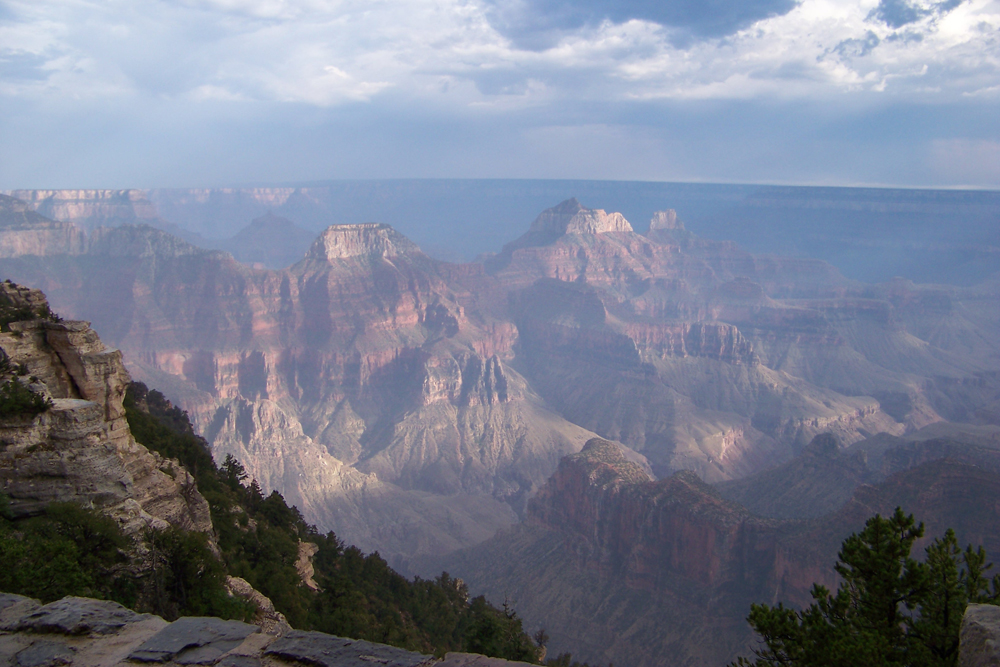
It has been said that the North Rim of the Grand Canyon is the "best side" to experience the grandeur and wilderness found in this most southern part of the massive Colorado Plateau.
Diversity abounds
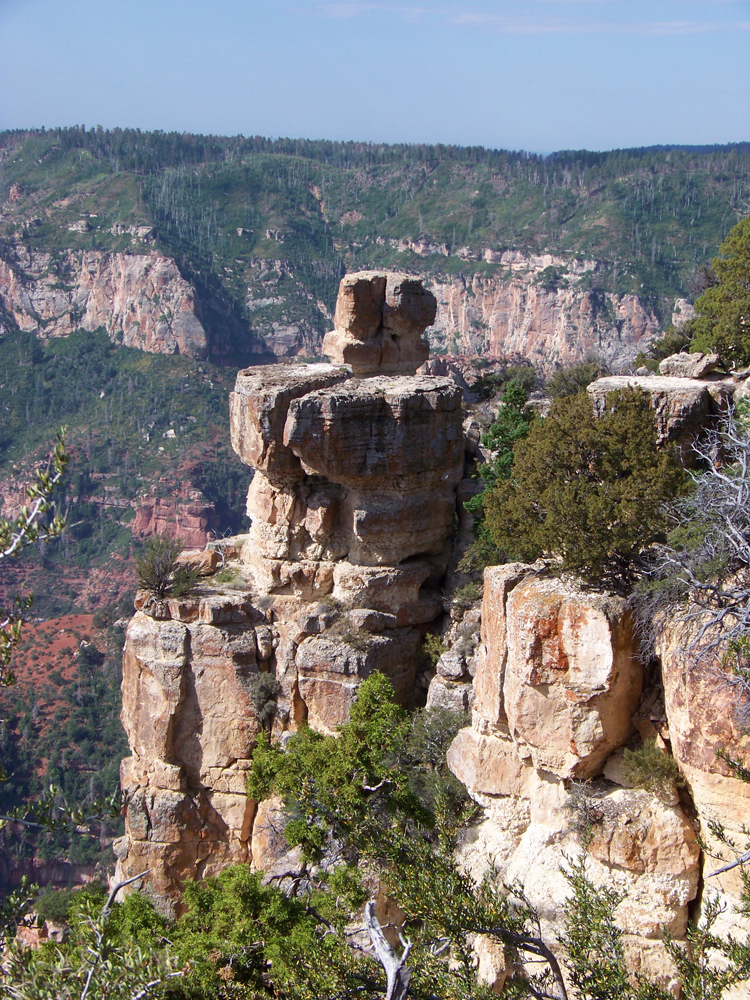
At an elevation of 8,000 feet (2,438 meters) above sea level, the North Rim is 1,000 feet (305 m) higher than the more popular South Rim. This higher elevation results in heavy winter snows and a shorter summer growing season. Such climatic factors result in an environment still dominated by ponderosa pine trees (pinus ponderosa) but with a mixture of aspen, maple, birch and oak trees.
Varied fauna
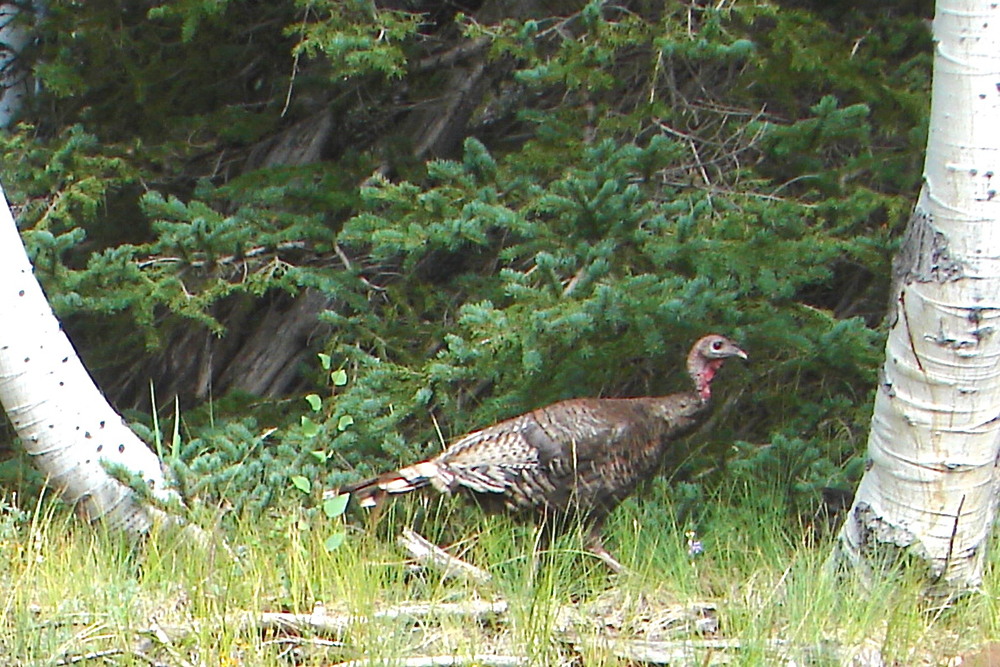
Temperatures at the North Rim of the Grand Canyon average about 10 degrees cooler than found at the South Rim. These cooler temperatures also aid in a variety of animal life flourishing here that is not found at the drier and warmer South Rim. A North Rim Merriam’s turkey, Meleagris gallopavo merriami, is shown here walking among the white-barked aspen and fir trees.
Rare life makes its home
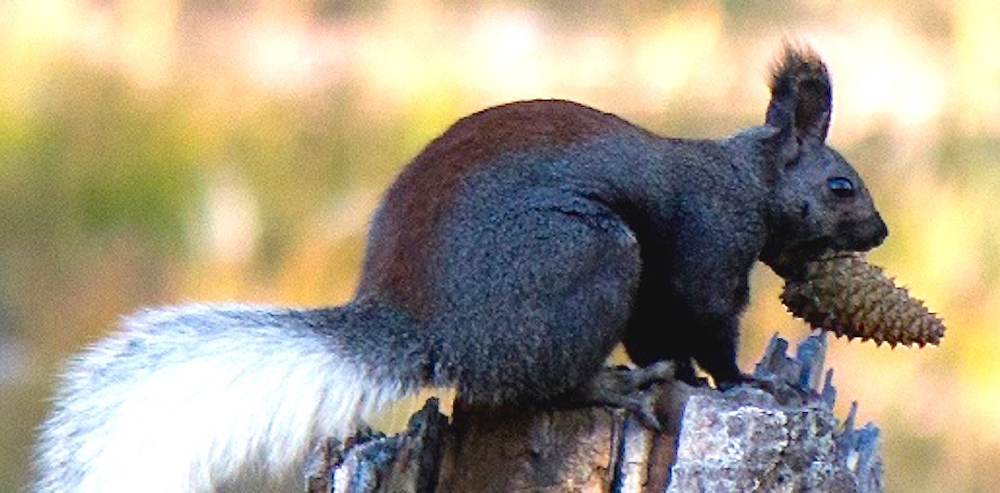
A unique species of mammal found at the North Rimis the Kaibab squirrel, Sciurus aberti kaibabensis. This tassel-eared squirrel is found nowhere else in the world than in this area of the North Rim of the Grand Canyon. Its white tail, tufted ears and chestnut brown back and head make a striking appearance in the large expanse of green ponderosa pine tree forests found here.
A unique name
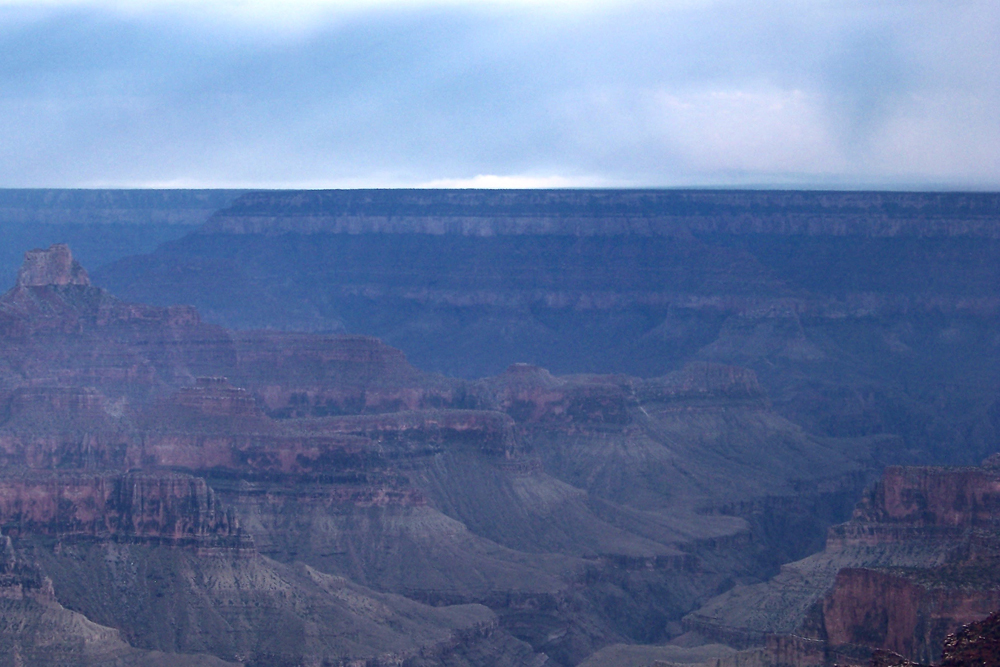
The Kaibab squirrel takes its name from its home on the Kaibab Plateau. Kabab is a Paiute Indian word that means "mountain lying down." The Kaibab Plateau is approximately a 1,152-square-mile (2,984 square kilometers) section of the Colorado Plateau. The southern cliffs of the Kaibab Plateau form the North Rim of the Grand Canyon. The highest elevation found on the Kaibab Plateau is a non-spectacular ridge at 9,200 feet (2,817 m).
Powerful forces
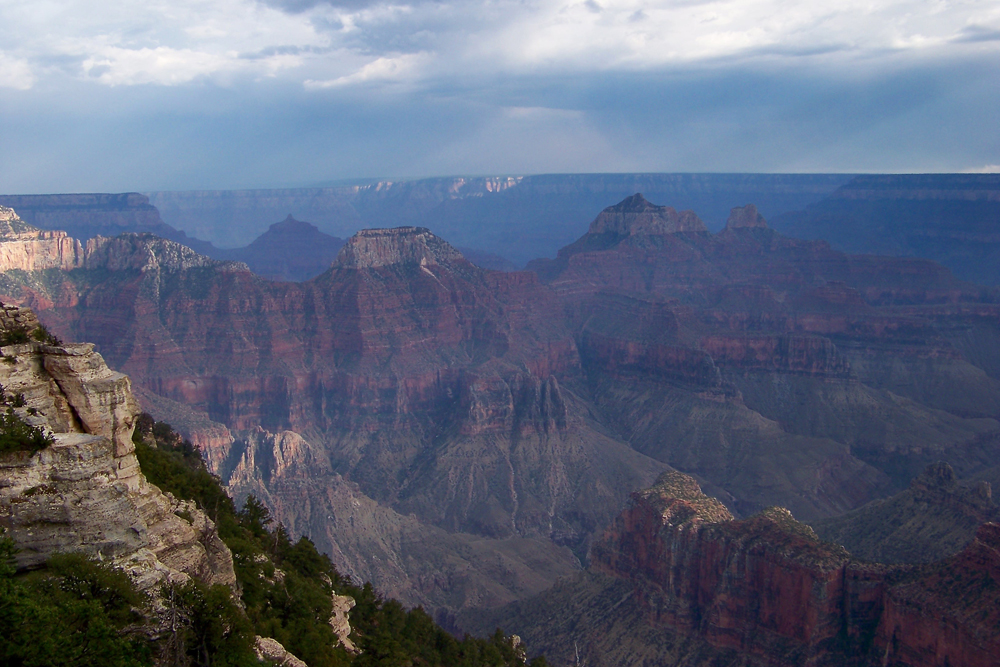
The geological forces that formed the North Rim of the Grand Canyon are the same forces that created then sculptured all the spectacular rock formations found in this region of North America. The flowing and ebbing of a series of ancient seas beginning during the Cretaceous Period laid down the great expanse and depth of sedimentary rock exposed here at the Grand Canyon.
Rich geology
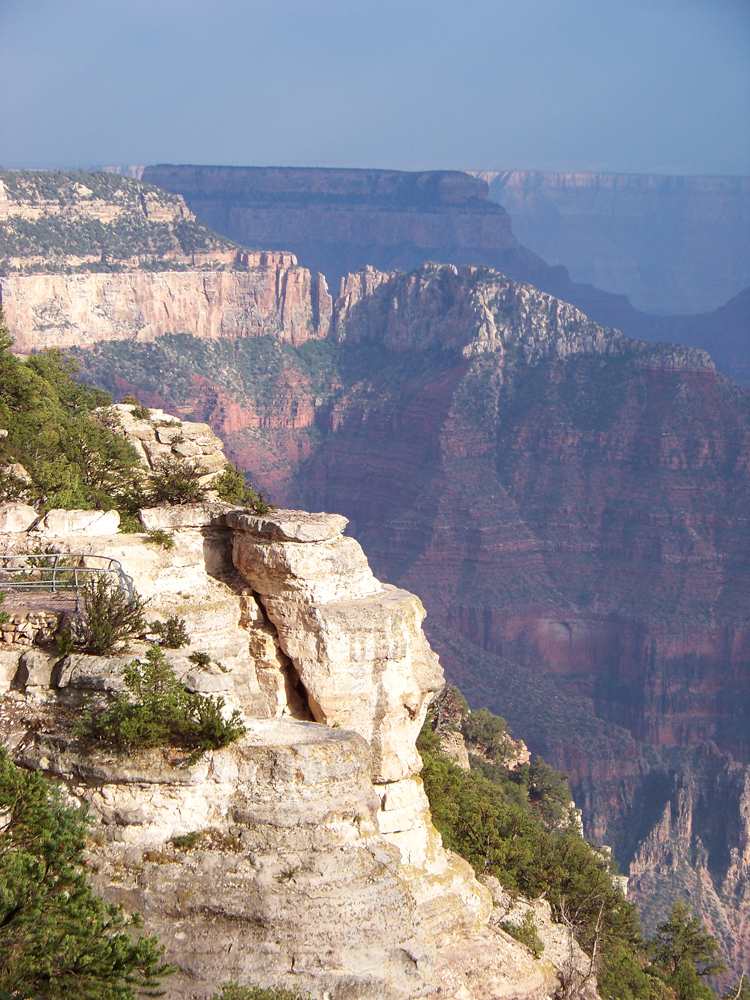
Kaibab Limestone is the top layer of sedimentaryrock seen all across the Grand Canyon region. It contains fossils of creatures that lived in the ancient sea like mollusks, sea lilies, coral and brachiopods. The clues learned from these fossils suggest to geologist that this youngest layer of North Rim Grand Canyon rock was laid down by an ancient sea some 250 million years ago.
Sign up for the Live Science daily newsletter now
Get the world’s most fascinating discoveries delivered straight to your inbox.
Natural forces
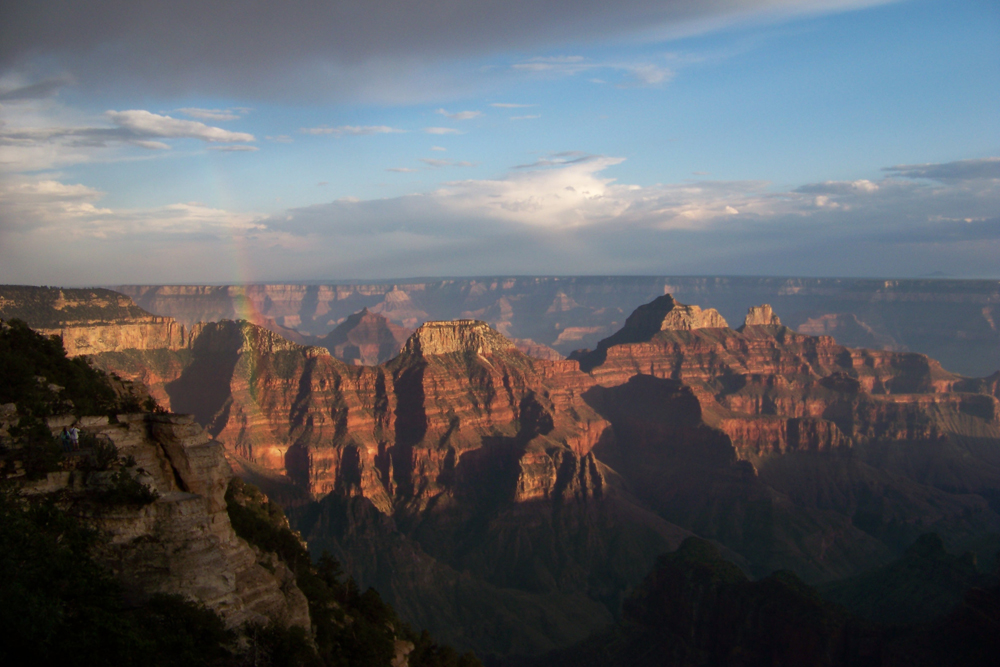
Some 60 million to 70 million years ago, the ancestral Colorado River became the major drainage system for the newly forming Rocky Mountains. Some geologists suggest that around 35 million years ago, the Kaibab Plateau began to uplift, helping to divert the Colorado River into its course similar to what we see today. The millions of years of uplifting, along with eroding forces of wind and water, sculpted the magnificent landscapes seen today at the North Rim.
A humbling perspective
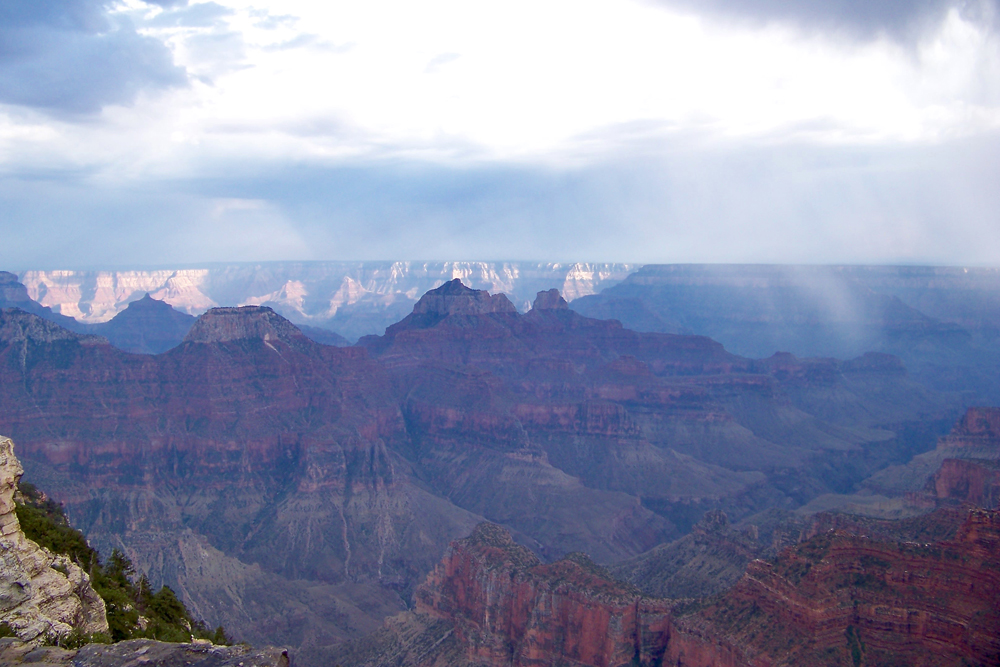
The views from the North Rim of the Grand Canyonhighlight the width of this great chasm. The mighty Colorado River is only seen as a small sliver when viewed through the rock formation on the North Rim known as Angel's Window.
The road less travelled
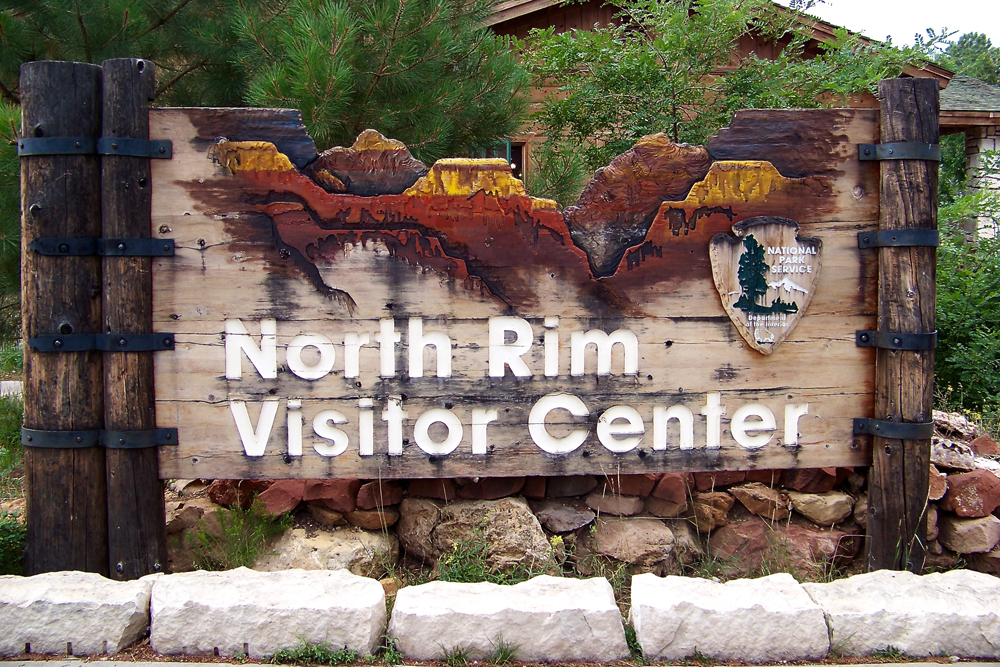
Few roads lead to the North Rim of the Grand Canyon National Park, but for those willing to make the effort, the rewards are many. It is a calmer and quieter experience — more reminiscent of what visiting a national park was like in the early 20th century. Accommodations at the North Rim are fewer than those found at the South Rim, but the lack of crowds and the undisturbed wilderness offerings are most rewarding.
Poetic fame
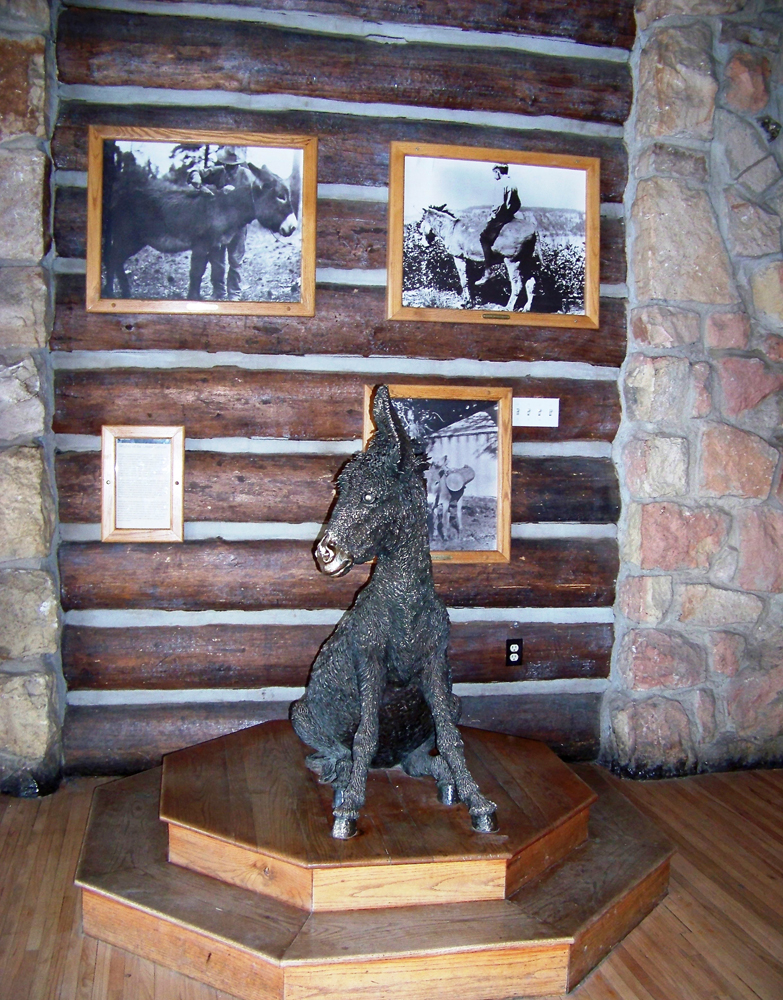
Literary royalty is also represented at the NorthRim. The setting for Marguerite Henry’s famous 1953 children's novel, "Brighty of the Grand Canyon" (Aladdin, 1991), is on the North Rim of the Grand Canyon. From 1892 until 1922, the lovable and gentle Brighty spent his summers carrying water from a spring below the North Rim to canyon visitors daily. A bronze statue honoring Brighty is located in the lobby of the North Rim’s Grand Canyon Lodge.










